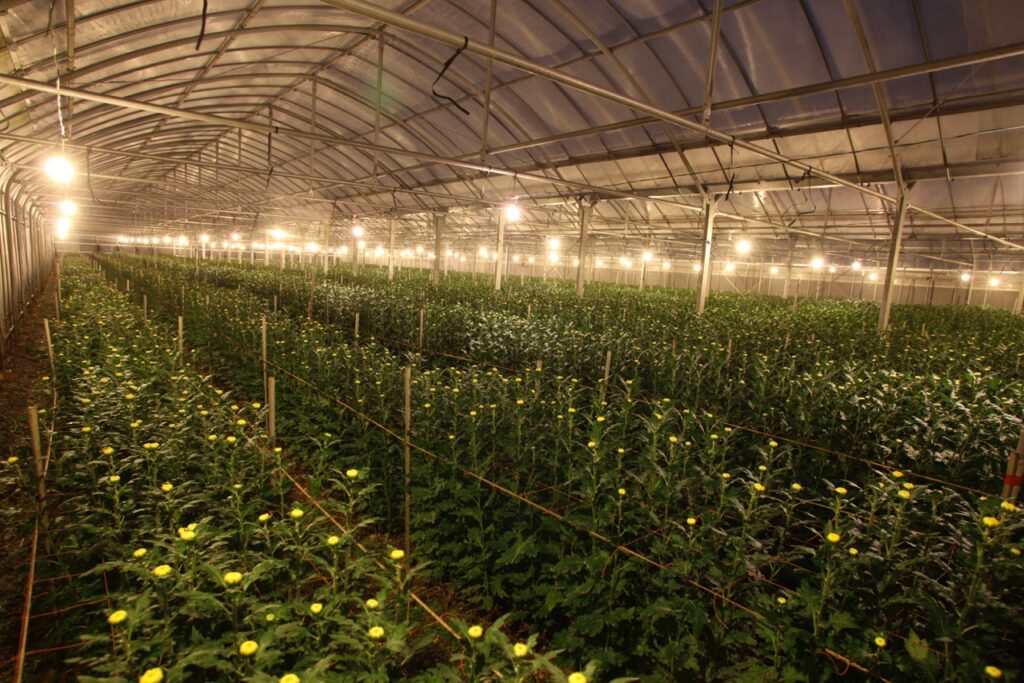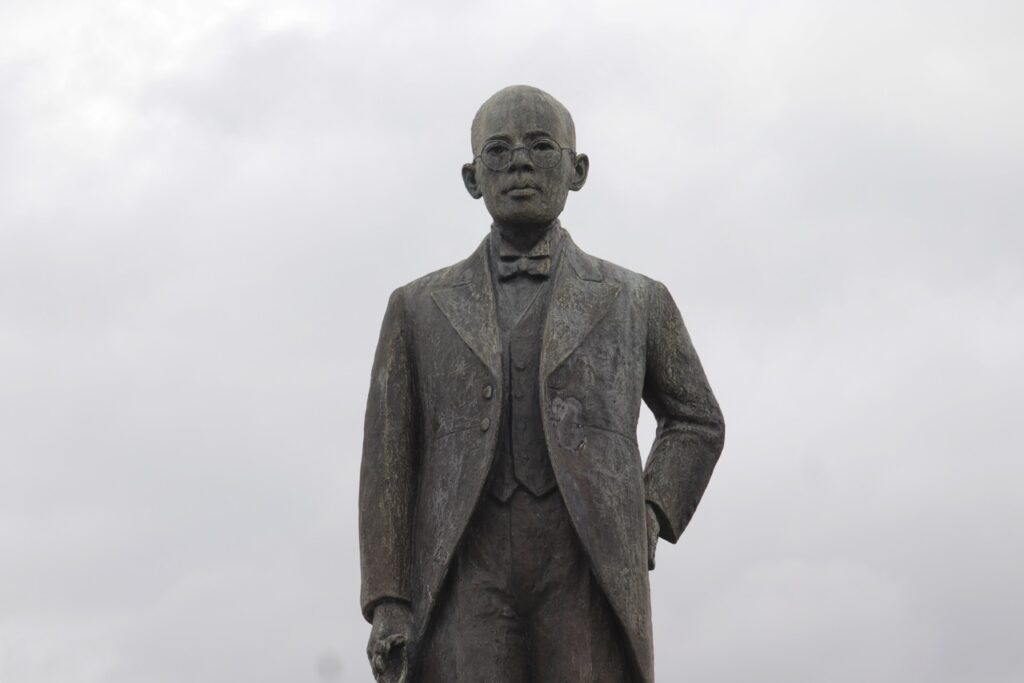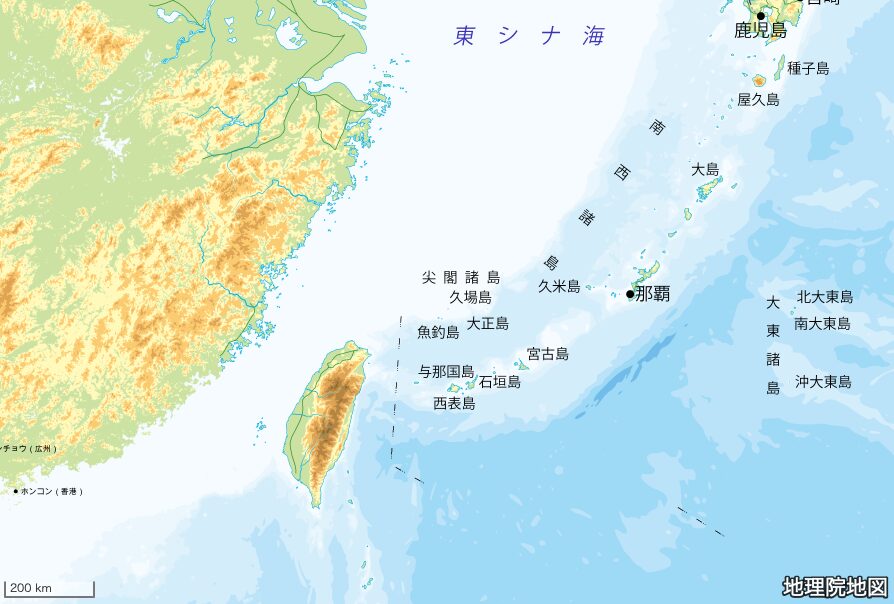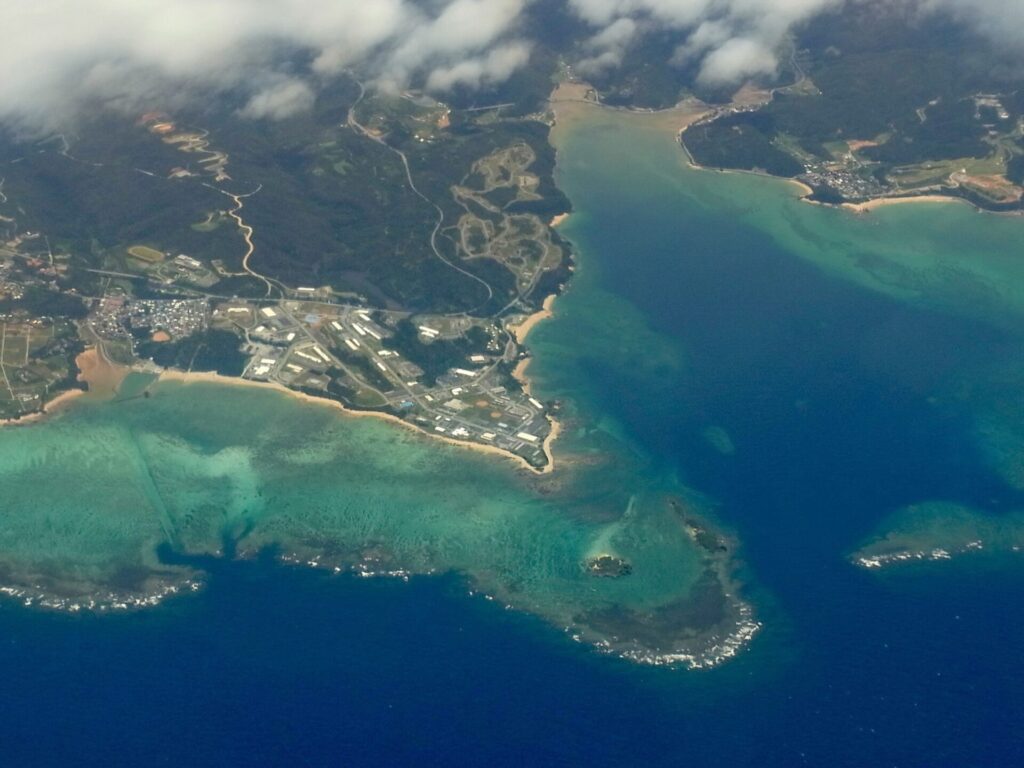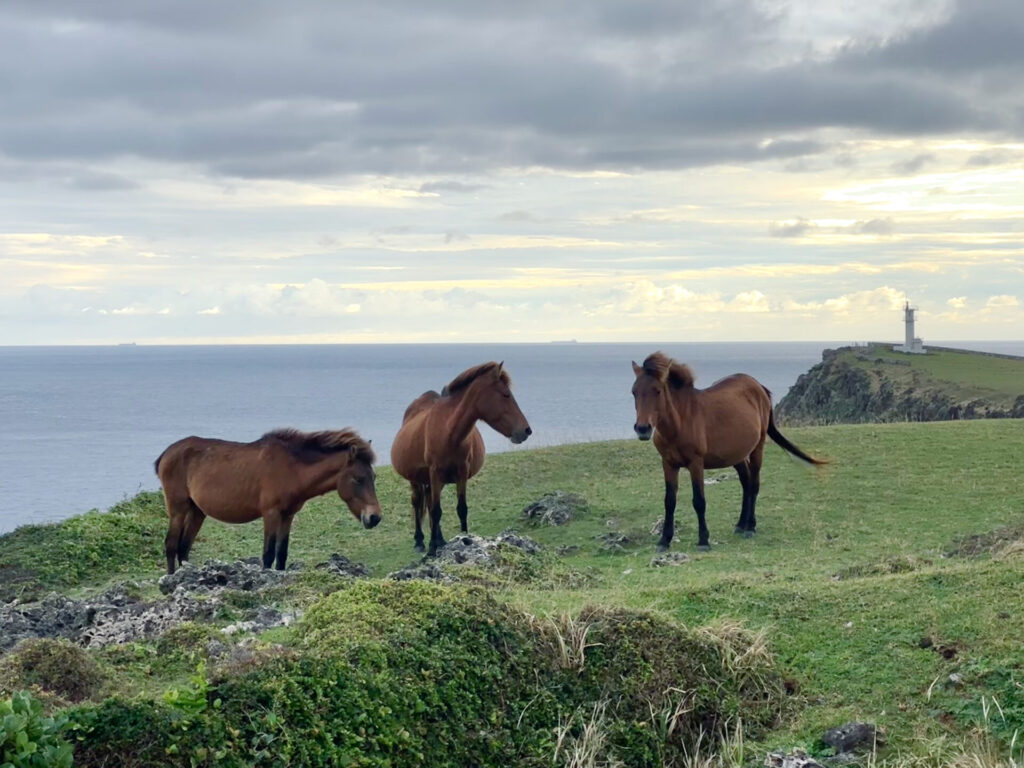U.S. Military Bases

Tu nu yū kara Yamatu nu yū
From the Chinese era to the Japanese
Yamatu nu yū kara Amerika yū
From the Japanese era to the American
Before the reversion of Okinawa, this Ryukyu folk song named Jidai no Nagare became a trend. The austere voice of Kadekaru Rinsho was a particular charm of this track.
Okinawa was once tied to China (Tu), and then mainland Japan (Yamatu), and not to mention the 27 years post-war ruled by the U.S. military (Amerika yū).
The remnants of the American occupation are the numerous huge military bases today. Given its quantity, people used to say, “It’s not that there are bases in Okinawa; Okinawa is in the base…” But as it may be just too ordinary now, we hear less of it. Nonetheless, the fact that U.S. military bases are still brazenly remaining on the site does not change.
Lately, it is often noted how 75% of the U.S. military facilities are concentrated in Okinawa, a tiny prefecture occupying only 0.6% of Japan. That’s how many bases there are.” Certainly, there are many American bases. Too many. 10% of the Okinawan territory, and in the main island of Okinawa, where the prefectural capital Naha is located, 18% of its land consists of military bases.
In Okinawa, the bases are a common presence that even children are aware of, yet it doesn’t seem so in other prefectures. When Okinawan women held a protest calling for the return of U.S. military bases in Ginza, Tokyo, the passerby asked “What do you mean We don’t need a cemetery?” The person had misread the base (基地) as cemetery (墓地). I heard disheartened opinions from people around me; they hadn’t realized it was that bad. I guess it shows the difference in awareness. Withal, I feel there is too much difference.
Arrive at Naha Airport by airplane and head toward downtown Naha: you see the U.S. military Naha Port on your left, and the Japan Self-Defense Force base on your right. As you drive north from Naha along Route 58 (once called Route 1), you pass by the Makiminato Service Area, Marine Corps Air Station Futenma, Camp Zukeran1, Camp Kue2, Kadena airfield, Kadena Ammunition Storage Area…and so on. The road weaves its way through the bases.
Figures as 10% and 18% are tremendous, though there are more: the percentage that the base occupies in each municipality. In Kadena, where the Kadena Air Base and Ammunition Storage Area are located, 82.5% of its land is used for the U.S. bases. Similarly, in the north of the main island, the bases own 59.3% of Kin, 52.9% of Chatan, and 50.7% of Ginoza village. (Data in 2008)
Since fall 1995, Okinawa has flared up politically. Its cause was the military bases. Three American marines committed a very heinous crime: an assault on a little girl. Residents rose against the military bases, and the affair grew so serious that it could shake the foundation of the U.S.-Japan Security arrangement. Its blaze still glows to this day. It was once said, “Okinawa is in the base.” Just like an active volcano, Okinawa is carrying magma that could explode at any moment.
There is a hill called “the hill where you can see the U.S.-Japan Security Treaty” outside the fence of Kadena airfield, in the residential area. You will see the whole airfield standing there. I find it a very Uchinā (Okinawan) way of naming it. If you wish to experience the presence of the U.S. bases in Okinawa, I would recommend this place.
Editor’s Note:
- Camp Foster.
- Camp Lester.







